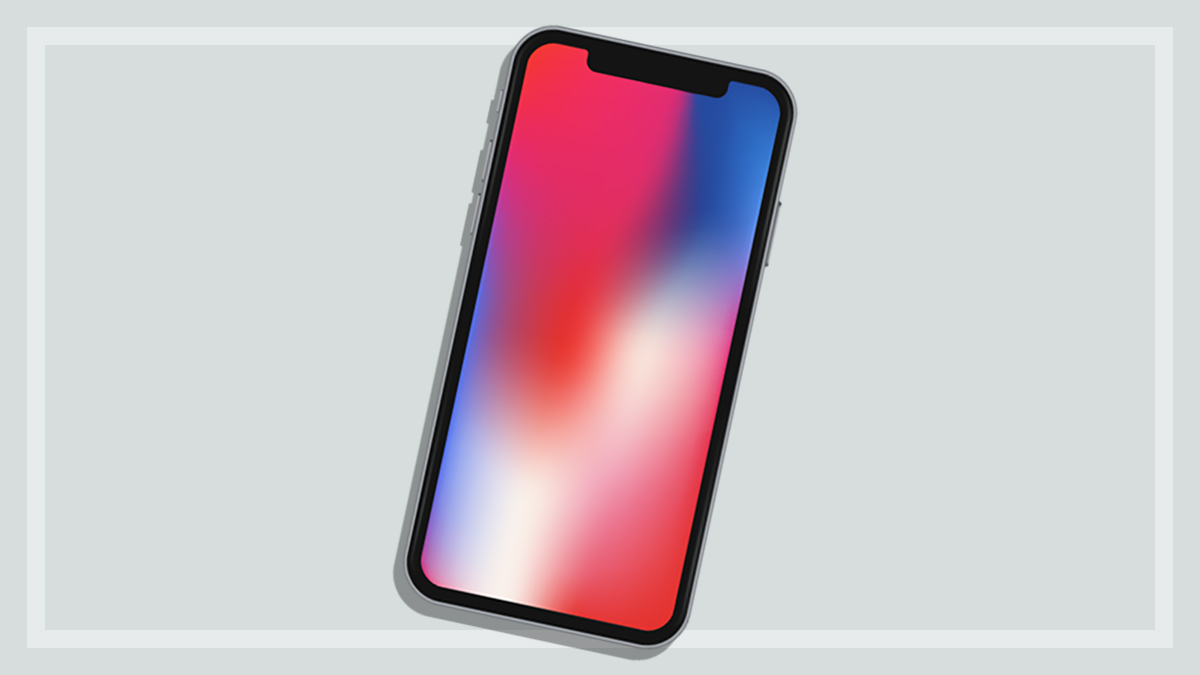Get our independent lab tests, expert reviews and honest advice.
Apple iPhone 14 and iPhone 14 Pro review
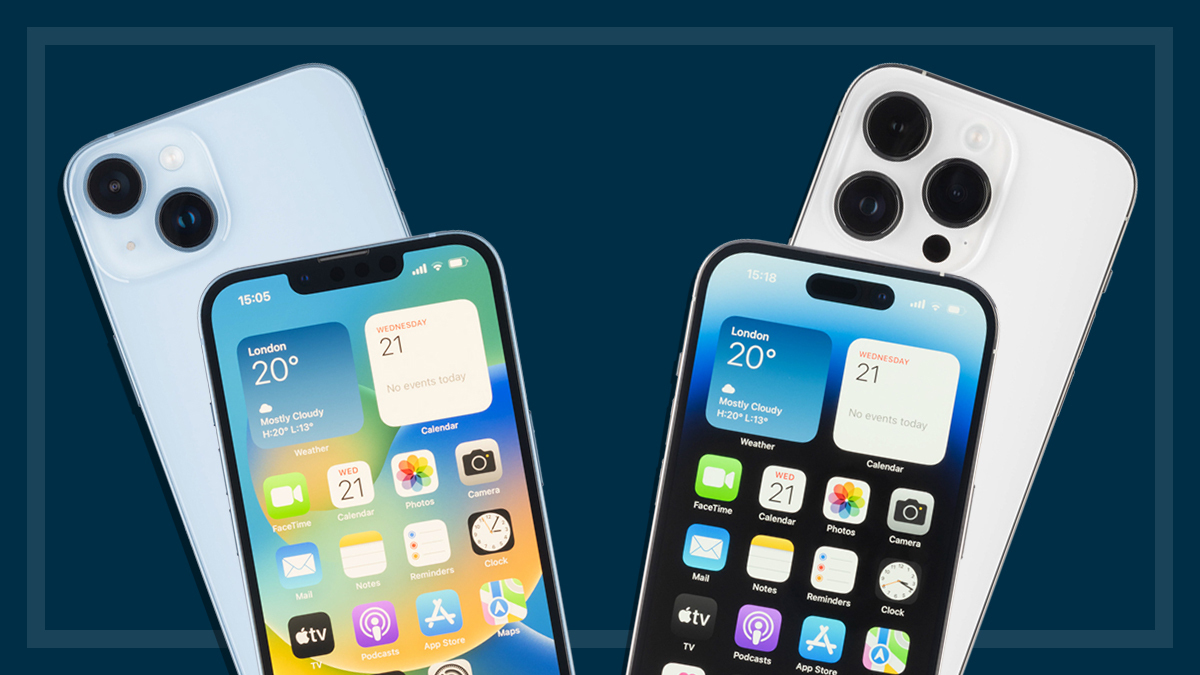
CHOICE verdict
Apple’s latest powerhouse iPhone 14 smartphone comes in two different configurations and sizes, choosing the one that is is right for you depends on your budget and demand for the best possible camera. If you are locked into the Apple iPhone world and already own an iPhone 13 (or maybe even iPhone 12) then a wait for the next iPhone would be wise. If you are upgrading from an iPhone 11 or earlier then this is the new smartphone for you.
Price: From 1399
Contact:
https://www.apple.com/au/iphone/On this page:
- Apple iPhone 14 specs (differences with the Plus version noted)
- Apple iPhone 14 Pro specs (differences with the Max version noted)
- Performance
- Camera performance
- Battery performance
- Current Apple iPhone lineup
- Upgrade or wait?
- Apple iPhone support ending for many iPhones
Apple recently updated its smartphone offering, with four new models in the iPhone 14 series, including a Pro version option and a choice of 6.1 or 6.7-inch display.
Unlike last year, when Apple offered a smaller iPhone mini option with a new release, this time they have gone big with a larger iPhone 14 Plus and iPhone 14 Pro Max model instead. Currently if you want a smaller display or a more compact iPhone, your options are the iPhone 13 mini or the iPhone SE (3rd generation).
The iPhone 14/14 Plus and iPhone 14 Pro/14 Pro Max are similar in look, features and functionality, with the more expensive Pro version including a faster processor, better camera and larger capacity battery. There is also a smaller notch at the top of the display to show that you own a Pro version – so people can see you spent an extra $300 or so for the privilege.
As with most new iPhone releases, you also get the latest Apple OS with iOS16 offering new features such as a lock screen setup, and improvements to messages, mail and the Apple maps app. Of course this update will automatically roll out to the iPhone you already own as long as you own an iPhone 8 or newer device.
Related Apple reviews
- Apple iPhone 15 and 15 Pro
- Apple Watch Series 9
- Apple iPad 10
- Apple iPad Pro M2 12.9-inch
- Apple iPad Air
- Apple MacBook Air 15-inch
- Apple MacBook Pro M2 14-inch
- Apple MacBook Air M2 13-inch
- Apple MacBook Pro 14-inch
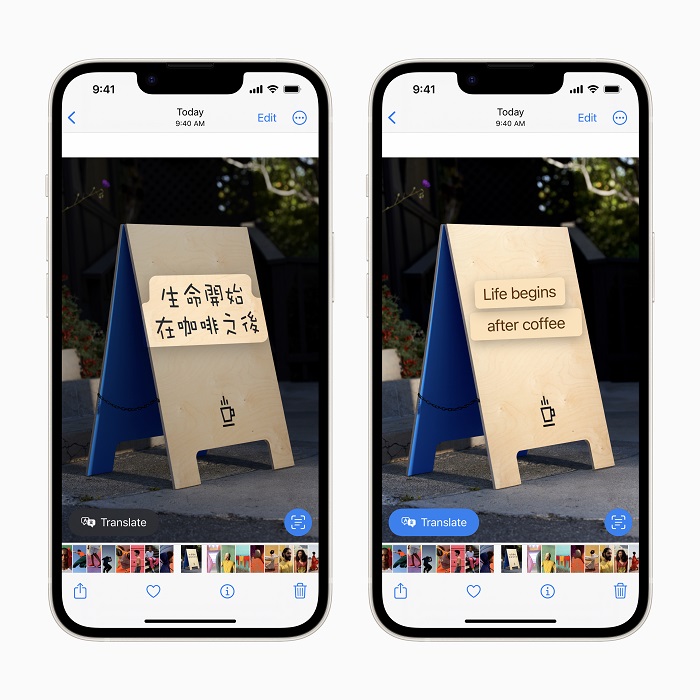
Apple iPhone 14 specs (differences with the Plus version noted)
- Display: Super Retina XDR OLED display, 2532 x 3120, 460 pixels per inch HDR support. 800 nits max brightness (typical); 1200 nits peak brightness (HDR).
- Screen size: 6.1-inch (iPhone 14) / 6.7-inch (iPhone 14 Plus)
- Weight: 172 grams (iPhone 14) / 203 grams (iPhone 14 Plus)
- Battery life (video playback): Up to 16 hours (iPhone 14) / Up to 20 hours (iPhone 14 Plus)
- Up to 50% charge in 30 minutes with a 20W adapter or higher (five minutes longer with the iPhone 14 Plus)
- MagSafe and Qi wireless charging and charging via USB to a computer system or power adapter
- Rear camera: Dual 12MP camera system (Main and Ultra Wide), 2X optical zoom out. 4K video recording at 24 fps, 25 fps, 30 fps or 60 fps
- Selfie camera: 12 MP photos, 4K video recording at 24 fps, 25 fps, 30 fps or 60 fps.
- Network: Wi-Fi 6 (802.11ax), mobile network support 3/4/5G
- Bluetooth: 5.3, NFC with reader mode.
- Processor: A15 Bionic chip.
- RAM: 6GB.
- Protection: IP68 dust- and water-resistant.
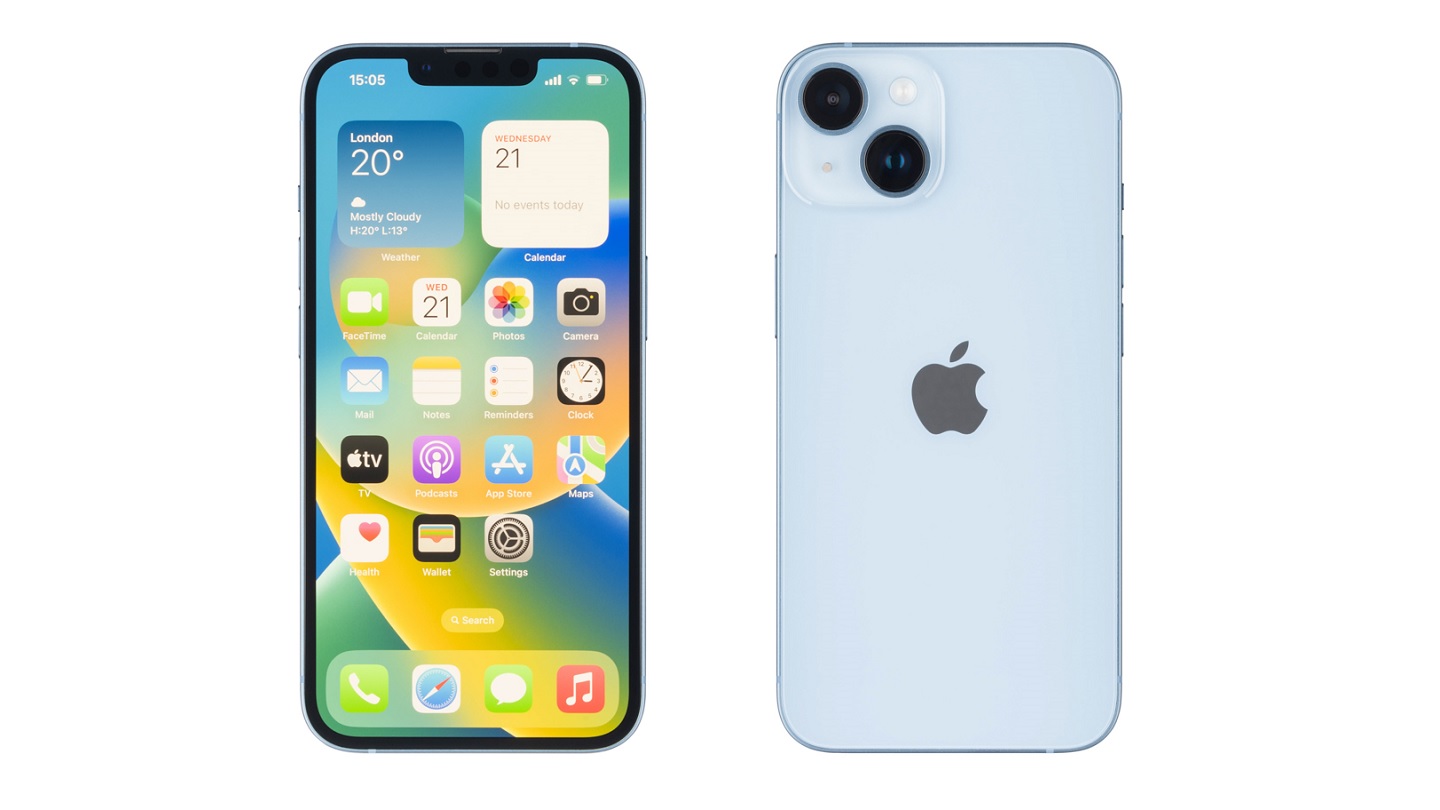
Apple iPhone 14 Pro specs (differences with the Max version noted)
- Display: Super Retina XDR OLED display, 2556 x 1179 (iPhone 14 Pro), 2796 x 1290 (iPhone 14 Pro Max) 460 pixels per inch HDR support. 1000 nits max brightness (typical); 2000 nits peak brightness (outdoor).
- Screen size: 6.1-inch (iPhone 14 Pro) / 6.7-inch (iPhone 14 Pro Max)
- Weight: 206 grams (iPhone 14 Pro) / 240 grams (iPhone 14 Pro Max)
- Battery life (video playback): Up to 23 hours (iPhone 14 Pro) / Up to 29 hours (iPhone 14 Pro Max)
- Up to 50% charge in 30 minutes with a 20W adapter or higher.
- MagSafe and Qi wireless charging and charging via USB to a computer system or power adapter.
- Rear camera: 48MP camera system (Main), 6X optical zoom. Main, ultrawide and telephoto.
- 4K video recording at 24 fps, 25 fps, 30 fps or 60 fps.
- Selfie camera: 12 MP photos, 4K video recording at 24 fps, 25 fps, 30 fps or 60 fps
- Network: Wi-Fi 6 (802.11ax), mobile network support 3/4/5G
- Bluetooth: 5.3, NFC with reader mode.
- Processor: A16 Bionic chip.
- RAM: 6GB.
- Protection: IP68 dust- and water-resistant.
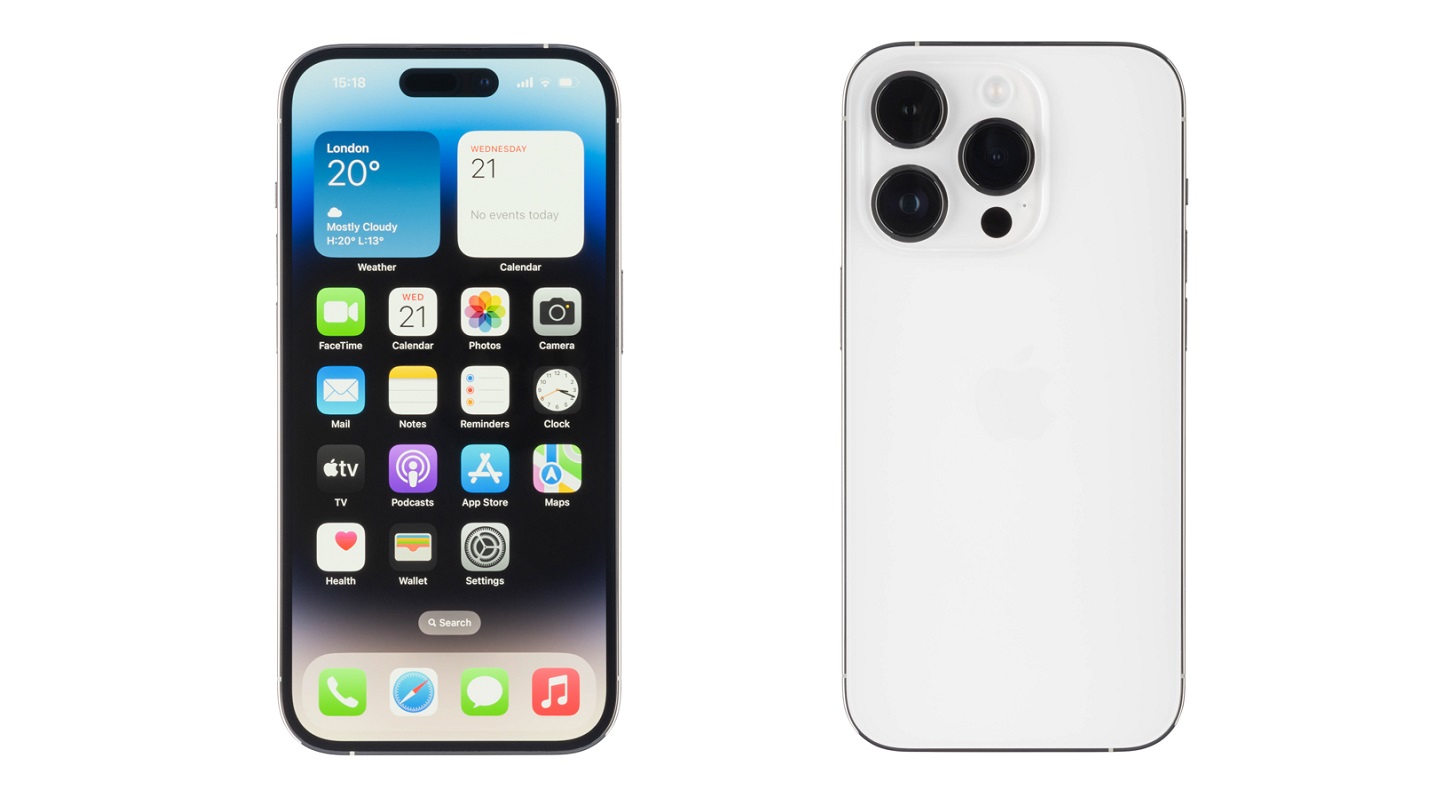
Performance
Fast wireless technologies are supported on all iPhone 14 models, with 5G mobile network support and Wi-Fi 6. While you technically have dual SIM support, only one can be a physical SIM card while the other is an eSIM which needs to be activated by the mobile network of your choosing. The major three telcos (Telstra, Vodafone, Optus) now provide 5G network support as standard, but for many of the other network providers 4G is the only mobile network option on offer.
The Pro variant of the iPhone 14 supports the ProMotion technology with a higher 120 Hz refresh rate which means scrolling and moving content around the screen is smoother. Also, the smaller notch at the top of the iPhone Pro screen is now used to display information such as music details, incoming calls or timer. The pro models also offers an always on display by default.
Camera performance
One significant area of difference between the various iPhone 14 and the iPhone 14 Pro is the camera. The iPhone 14 Pro comes with a new camera system. It is equipped with a 48MP main camera (wide), a 12MP tele camera, a 12MP ultra-wide camera and a LiDAR sensor on the back of the device. Like the iPhone 14, the main camera has sensor-shift image stabilisation which can be very handy with single-hand photography and video capture.
The autofocus for the front camera is very good with the telephoto camera of the iPhone 14 Pro delivering noticeable improvements in image quality at high zoom factors over the iPhone 14. Basically, the iPhone 14 Pro got all the improvements delivered with the iPhone 14 plus a larger 48MP sensor for 6X optical zoom and a faster processor to help deliver the image quality as fast as possible.
The overall image quality for all the iPhone 14 models remain very good and all are IP certified for full submersion in water up to six metres deep for up to 30 minutes, which was confirmed in the test lab.
The front-facing (selfie) camera isn’t as powerful or as the main camera on either the iPhone or iPhone 14 Pro but still better than most and, as with almost all front facing cameras, is limited to the smaller sensor and unable to perform quite as well in darker environments.
Battery performance
The battery performance of the iPhone 14 Pro is better than the iPhone 14, if the always-on display is deactivated. Although always-on display option is activated by default for the iPhone 14 Pro, we tested battery life in a more realistic scenario where the phone would often be in a pocket or bag and not showing a display.
Current Apple iPhone lineup
An Apple iPhone release used to be a really big thing. Since the first iPhone was announced by Steve Jobs in 2007, it was one product – either the 3, 4 or 5 – and people lined up around the corner of an Apple store all over the world to be one of the first to get their hands on the bright shiny object.
Today, you have eight models to choose from, with various storage capacities and colours on offer. The latest top-of-the-line iPhone on offer is the iPhone 14 and iPhone 14 Pro. The 2022 iPhone options offer two 6.1-inch display models and two 6.7-inch variants. Unlike last year, when a smaller iPhone 13 mini appeared alongside the standard iPhone 13, Apple has decided that you would prefer to upsize to a larger display.
Upgrade or wait?
The latest iPhone 14 and iPhone 14 Pro from Apple are without doubt the most powerfully featured Apple smartphones yet, but are either good enough to justify an upgrade from the still available iPhone 13 or even iPhone 12?
Owners of an iPhone 13 or iPhone 12 may not feel the jumps in performance and features on offer are worth it based on our testing. However, owners of Apple iPhone 11 smartphones and older will get the benefit of mobile network coverage with 5G and a significant jump in performance, battery life and camera quality.
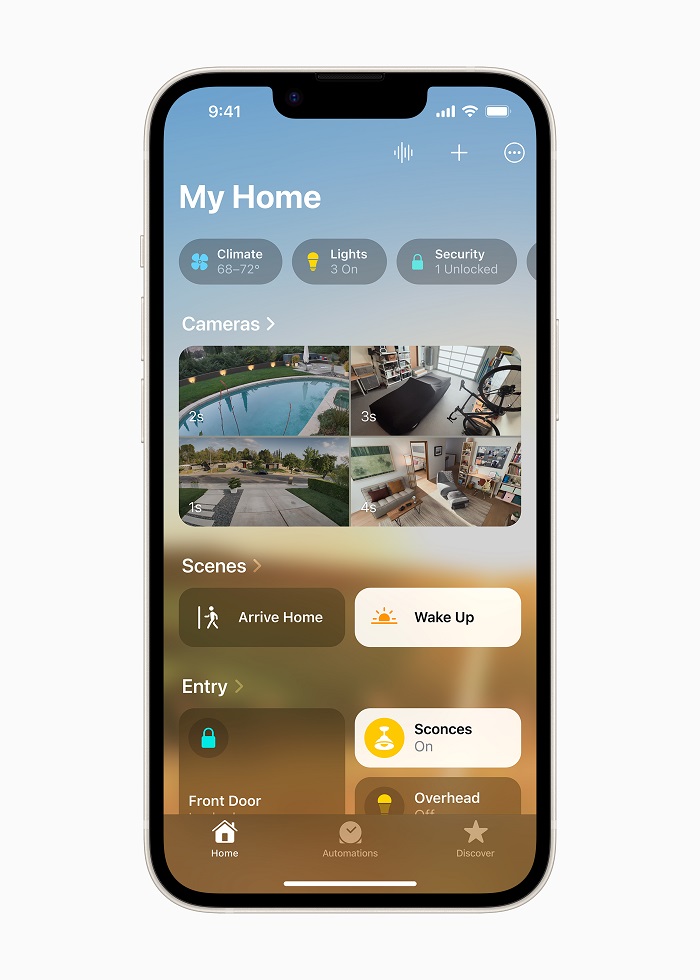
Apple iPhone support ending for many iPhones
Apple tends to support its devices for longer periods than most other smartphone manufacturers. But all good things must come to an end.
Apple ended support for iPhones older than the iPhone 5C over 5 years ago and recently added the rest of the iPhone 5 series, 6, 6 plus, 7 and 7 plus as well as the first iPhone SE to the list of models that will no longer work with the latest Apple iOS.
While the ending of support often attracts criticism, it must be noted that the newest iPhone that Apple has put on the ‘not supported list’ is the iPhone 7 which was released in 2016 so in a way it highlights the durability of these devices if they are still out and about being used ‘in the wild’.
Not supported does not mean that they will no longer work as a smartphone, only that they will no longer be able to support the latest Apple iOS and there will be no guarantee of ongoing security and performance updates.

